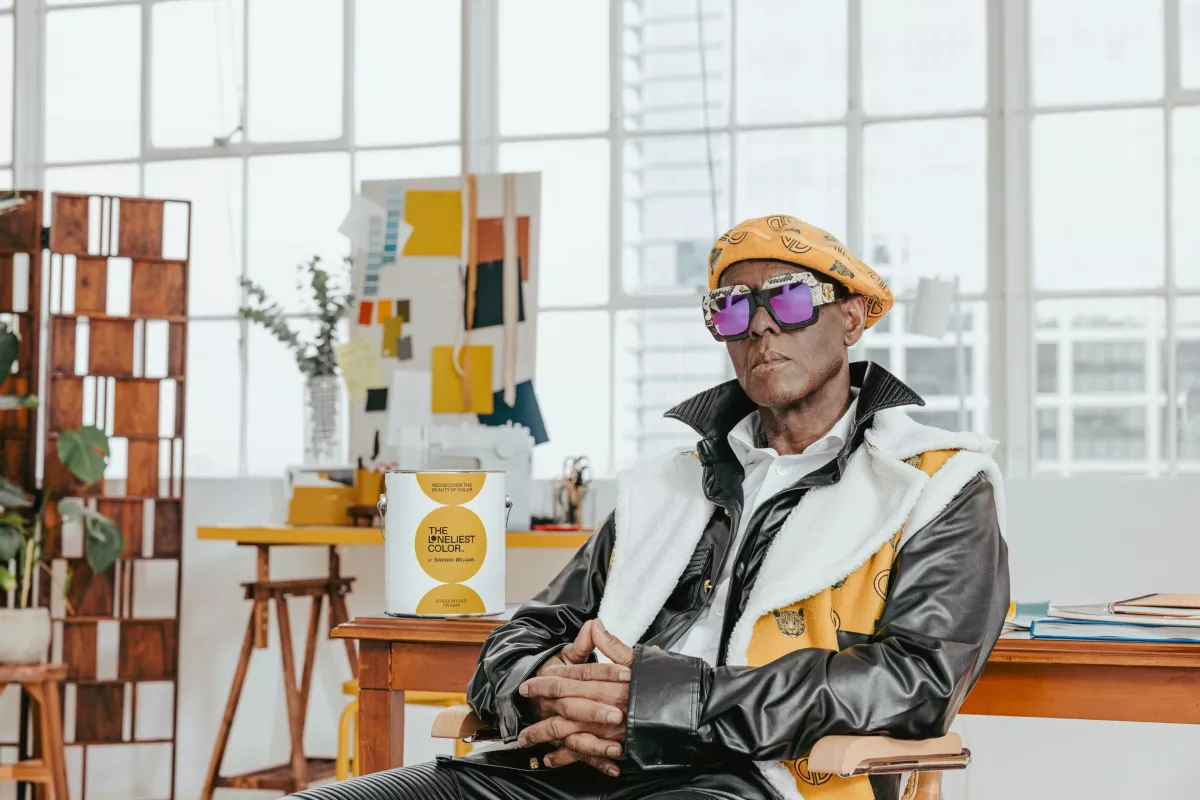- Global (EN)
- Africa (EN)
- Australia (EN)
- Belgium (EN)
- Brasil (PT)
- Canada (EN)
- Canada (FR)
- China (CN)
- France (FR)
- Germany (DE)
- Germany (EN)
- Hong Kong, China (EN)
- India (EN)
- Indonesia (EN)
- Ireland (EN)
- Italy (IT)
- Italy (EN)
- Japan (JP)
- Korea (KR)
- Latin America (ES)
- Malaysia (EN)
- Middle East (EN)
- Netherlands (EN)
- Spain (ES)
- UK (EN)
- Global (EN)
- Africa (EN)
- Australia (EN)
- Belgium (EN)
- Brasil (PT)
- Canada (EN)
- Canada (FR)
- China (CN)
- France (FR)
- Germany (DE)
- Germany (EN)
- Hong Kong, China (EN)
- India (EN)
- Indonesia (EN)
- Ireland (EN)
- Italy (IT)
- Italy (EN)
- Japan (JP)
- Korea (KR)
- Latin America (ES)
- Malaysia (EN)
- Middle East (EN)
- Netherlands (EN)
- Spain (ES)
- UK (EN)
When it comes to working with influencers, brands are walking a tightrope. But we’ll get to that.
First, let’s talk about humanity.
As marketers, we spend a lot of time and money trying to make brands feel human.
I can hardly turn on the TV without seeing Flo from Progressive, Jake from State Farm; hearing Brian Cox for McDonalds or Ving Rhames for Arby’s. Humanizing brands is an entire industry.
But what is so great about influencers is that they are already human.
We don’t have to give them a voice because they were born with one. We don’t have to cast their friends and family because they already have them. They have senses of humor, hometowns, passions, stories, and lived experiences. They are real. They are human.
And, especially in this day in age, being a human is valuable.
Data from the Edelman Trust Barometer tells us that people trust people. With declining trust in traditional institutions like politics and media, people are putting their trust in their communities, and in other people. That means that the familiar face of an influencer is a key brick in building trust for your brand.
We’d argue that an influencer’s humanity is their greatest strength. Their humanity makes them real, being real makes them loved, and being loved makes them trusted.
But unfortunately, an influencer’s humanity is also their biggest liability. Humans make mistakes, say things they don’t mean, post things without thinking, let their emotions get the best of them and more. Humans are unpredictable.
And when those humans are influencers who can connect with audiences at scale — with a $21 billion dollar industry behind them — suddenly influencer marketing feels terrifying. Like you’re walking a tightrope.
Since the influencer economy has tripled since 2016, that tightrope is higher than ever before. The “view” — or the ROI, impact on trust, and conversion to sales — is better than it’s ever been. But the fall? The fall is deadly. Just ask any number of brands who have had their reputation and/or sales affected by an influencer snafu.
And with the modern-day addition of wars, elections, misinformation and more, brands are worried. Every influencer campaign feels like they’re walking without a harness. We’ve been calling these times “elevated moments” — instances in culture where the public discourse is both strong and layered. Elevated moments can be as global as war, as central as an election, or even local to your specific brand or industry.
So, how can we work with influencers during elevated moments in a way that both protects brands while also letting influencers be human?
Before actioning a plan, it’s crucial to understand an influencer’s DNA:
- Influencers are human: We covered this, but Influencers are people with families, friends, lived experiences and opinions. When something happens in the world, they talk about it. Because that’s what humans do. We must expect and protect their humanity.
- Influencers are professionally online: Influencers study social like it’s their job…because it is! They’re highly engaged in what’s happening in the world — globally and locally — and are incentivized to join in on trending conversations.
- Influencers are community builders: Influencers don’t have stock prices, but they do have follower counts. Their livelihood is defined by how engaged and loyal of a community they have built, and they are in constant conversation with their followers. There is loyalty that runs both ways.
- Influencers are loud: As trust in traditional institutions erodes, people have turned to influencers as a place for information. Audiences expect influencers to use their megaphones to speak out on issues.
Once you understand an influencer’s DNA, you can start an action plan that is rooted in celebrating what makes influencers special while also mitigating brand risk.
The Edelman Influencer team has five “Rules of the Tightrope” to help prepare and guide brands for these moments
- Before you ask, “Who are you?,” ask ,“Who am I?”
Working with influencers is a collaborative extension of the brand you’ve already built. Get honest with your brand’s position on politics, religion, substances, humor, family and more. We see that, in elevated moments, 61% of people are less likely to trust a brand that surrenders to politically motivated attacks. This means that sticking to your brand values has long term effects on trust. Values matter. Develop yours and find the influencers who reflect them. - The Best Defense is a Good Offense
Vetting influencers is key because we know that finding the perfect partner helps mitigate future risk. In fact, 56% of people think that brands should fire spokespeople who go against that brand’s values. Finding partners who mirror your ethos is crucial. We use best in class technology, along with our Crisis & Risk team, to find and vet influencers according to your brand, your product and your campaign. - Stay Fluent in Culture
Social media is not a static billboard. Social media is a reflection of culture. Like culture, the posts, comments and behaviors on social are always evolving and changing. We know that, for Gen Z, social media is the battleground for trust. Social is where they learn about brands being “cancelled” and is also where influencers directly increase their trust in brands, just ask our Gen Z lab. It’s crucial that, in elevated moments, brands understand the nuances of the conversation. If you want to be relevant on social, you have to stay fluent in culture. To help, we recommend subscribing to our weekly Keeping Current newsletter, which highlights the most important trends of the week and unearths the deeper behaviors and tensions that reveal insights about audiences and culture more broadly. - Remember You’re in Business Together
In addition to being human, Influencers are CEOs with loyal customers that you want to engage. We treat influencer campaigns like a brand collaboration because that’s what they are. Our specialized Business Affairs & Legal teams construct every contract. Our global squad of specialists are trained to create and maintain trusted relationships with influencers and their teams. We brief in person. We like and subscribe. We obsess over each post because we love what we do. This is their business. This is your business. We partner accordingly. - When You’re Focused on Risk, Don’t Forget the Reward
The tricky thing about elevated moments is that, when you’re so busy looking down, you forget to enjoy the view. Time and time again, influencers are proven to be trusted voices that make a measurable difference in everything from brand perception to purchase consideration to conversion. In fact, we saw an 11% increase in brand trust among Gen Z when that brand partners with an influencer. Influencers move the needle.
While the risks of working with influencers are bigger than before, the rewards are bigger too.
Brooks Miller is an EVP on the Influencer Marketing team.
Related Content
Are you interested in tapping Edelman’s global footprint of influencer experts?
Please fill out the form and we will be in touch with you shortly.




